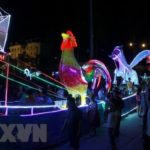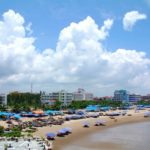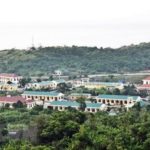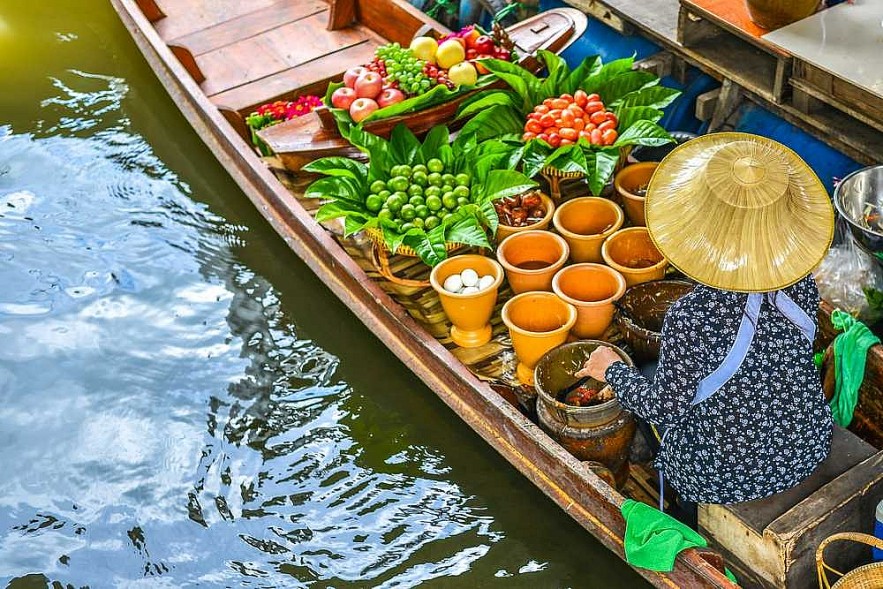 |
| Photo: Holidify.com |
The floating market is a unique and attractive combination of economy and culture. It reflects the high value of “indigenous resources” of the Southern river region. This type of market often appears in the main waterways. Some well-known floating markets include Cai Be market (Tien Giang); Cai Rang, Phong Dien (Can Tho); Phung Hiep Crossroads (Hau Giang); Tra On (Vinh Long), Nga Nam (Soc Trang), Long Xuyen, Chau Doc (An Giang); Nam Can (Ca Mau), and Vinh Thuan (Kien Giang).
These markets were formed and developed in the river basin of the Southwest region of Vietnam. This is a low-lying plain, densely interwoven with a network of canals that has flourished since the Nguyen Dynasty. They bring fresh water and silt to the plain and drain it in the flood season. Not only that, but they also act as travel routes.
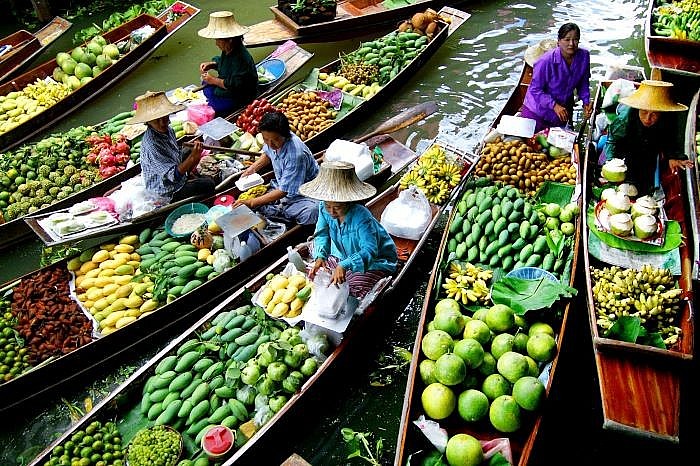 |
| Photo: Thetravelplannersblog |
Floating markets are associated with the development of waterway traffic in the South, especially merchant boats trading on the lakes and along rivers. There are many merchants who bring consumer goods in exchange for agricultural products. These floating markets operate in the spirit of “reasonable division of labor”, in order to share profits on the capital spent. That being said, when problems arise, the people here are still willing to support and help one another without a second thought.
Due to the influence of the “irregular semi-diurnal tide” regime (both in terms of time and volume) of the Southwest Sea, the water level of the river and canal system here changes frequently. In the flood season, the rivers here become dangerous. When this happens, traders can not move and have to park near the shore to rest, cook, repair, pick up goods, and communicate with their customers. This is also the reason why floating markets were formed in the first place. Floating markets are formed at different locations, but most of them are concentrated near the river banks where the water flows meet to create forks or crossroads.
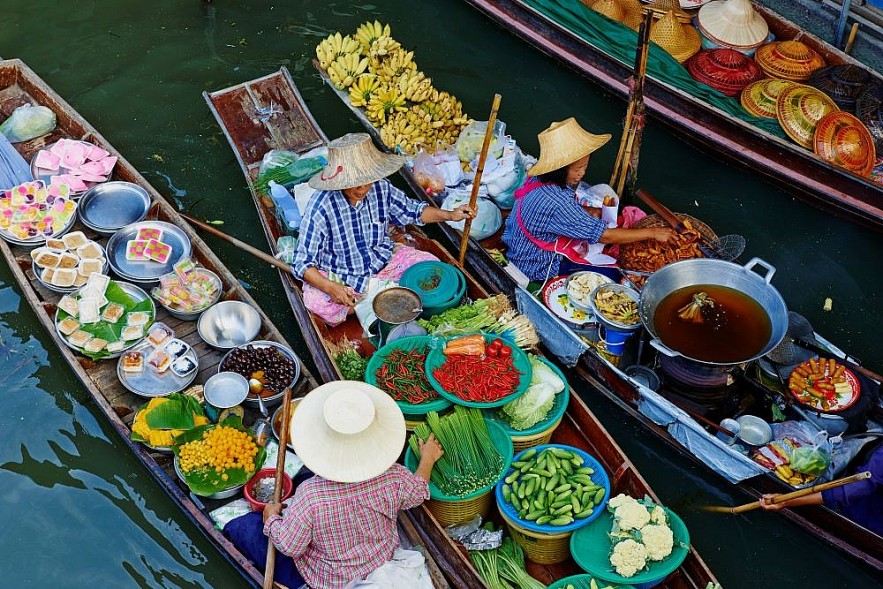 |
| Photo: Tripsavvy |
In the memoirs of French Indochina by Paul Doumer, Governor-General of Indochina (1897-1902), he mentioned the role of cage markets in villages in Cochinchina in the late nineteenth century. In it, Paul Doumer confirms that in Cochinchina, not a single market had a roof before the arrival of the French. In the past, markets were held in villages or on the edge of villages.
According to Paul Doumer, one of the most important facilities of a village in modern Cochinchina is a market, and every village is as proud of its village market as it is proud of its communal house. However, the most important benefit of the market is that the village receives a large amount of tax from the market to cover public funds. Thus, the birth of the cage market is not only a change in the form of the “country market” but also a change in the general trading method.
However, the development of society and the emergence of modern shopping centers and supermarkets have led to road transport replacing traditional waterways and merchant routes. This is the reason why floating markets and cage markets are gradually disappearing.
In addition to preserving the floating markets on the river as a unique feature of Western Vietnamese culture and tourism, we should also protect them because of their historical value. Cage markets and floating markets are worthy of being considered a cultural heritage of the Southern region of Vietnam.
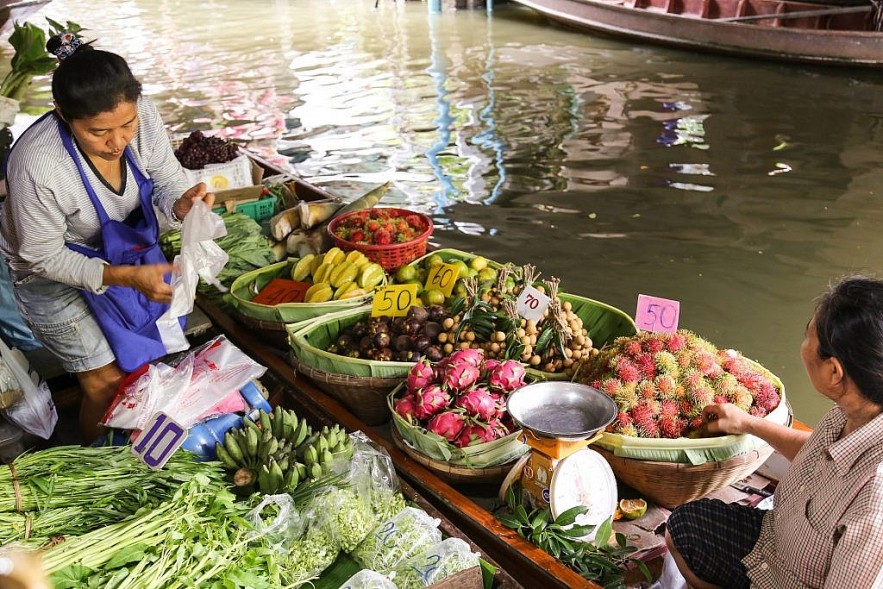 |
| Photo: Touristsecrets |
Currently, it is difficult to maintain the operation of floating markets in particular and traditional markets in general. It is also hard to develop tourism for these markets if there is nothing new or interesting. Floating market/traditional market tourism products need to meet the needs of the local market and both domestic and foreign tourists. It is necessary to exploit the local agricultural products and cuisine in a suitable way in order to provide tourists with the unique trade experience that these places have to offer.
When tourism activities respect the value of indigenous resources, traditional culture, and the role of the local community, only then can it actively contribute to the preservation of cultural heritage. That is the right way to develop Vietnamese traditional culture with new methods and products.

